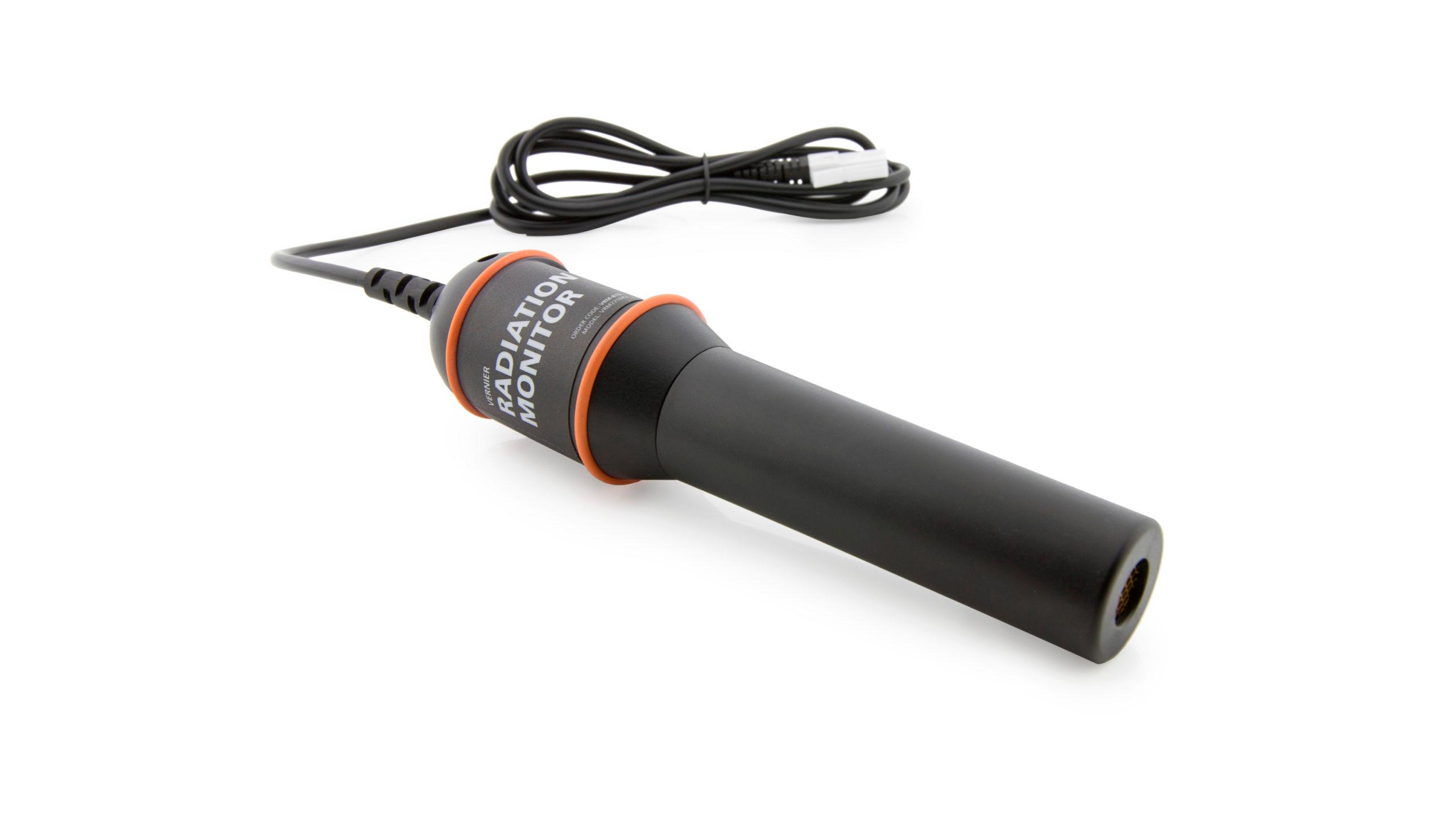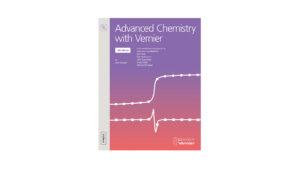Introduction
Nuclear radiation can be broadly classified into three categories. These three categories are labeled with the first three letters of the Greek alphabet: α (alpha), β (beta), and γ (gamma). Alpha radiation consists of a stream of fast-moving helium nuclei (two protons and two neutrons). As such, an alpha particle is relatively heavy and carries two positive electrical charges. Beta radiation consists of fast-moving electrons or positrons (an antimatter electron). A beta particle is much lighter than an alpha, and carries one unit of charge. Gamma radiation consists of photons, which are massless and carry no charge. X-rays are also photons, but carry less energy than gammas.
After being emitted from a decaying nucleus, the alpha, beta, or gamma radiation may pass through matter, or it may be absorbed by the matter. You will arrange for the three classes of radiation to pass through nothing but a thin layer of air, a sheet of paper, and an aluminum sheet. Will the different types of radiation be absorbed differently by the air, paper, and aluminum? The question can be answered by considering which radiation type will interact more strongly with matter, and then tested by experiment. In this experiment, you will use small sources of alpha, beta, and gamma radiation.
Objectives
In this experiment, you will
- Develop a model for the relative absorption of alpha, beta, and gamma radiation by matter.
- Use a radiation counter to measure the absorption of alpha, beta, and gamma radiation by air, paper, and aluminum.
- Analyze the count rate data to test for consistency with your model.
Sensors and Equipment
This experiment features the following sensors and equipment. Additional equipment may be required.
Option 1

Option 2

Ready to Experiment?
Ask an Expert
Get answers to your questions about how to teach this experiment with our support team.
- Call toll-free: 888-837-6437
- Chat with Us
- Email support@vernier.com
Purchase the Lab Book
This experiment is #27 of Advanced Chemistry with Vernier. The experiment in the book includes student instructions as well as instructor information for set up, helpful hints, and sample graphs and data.

